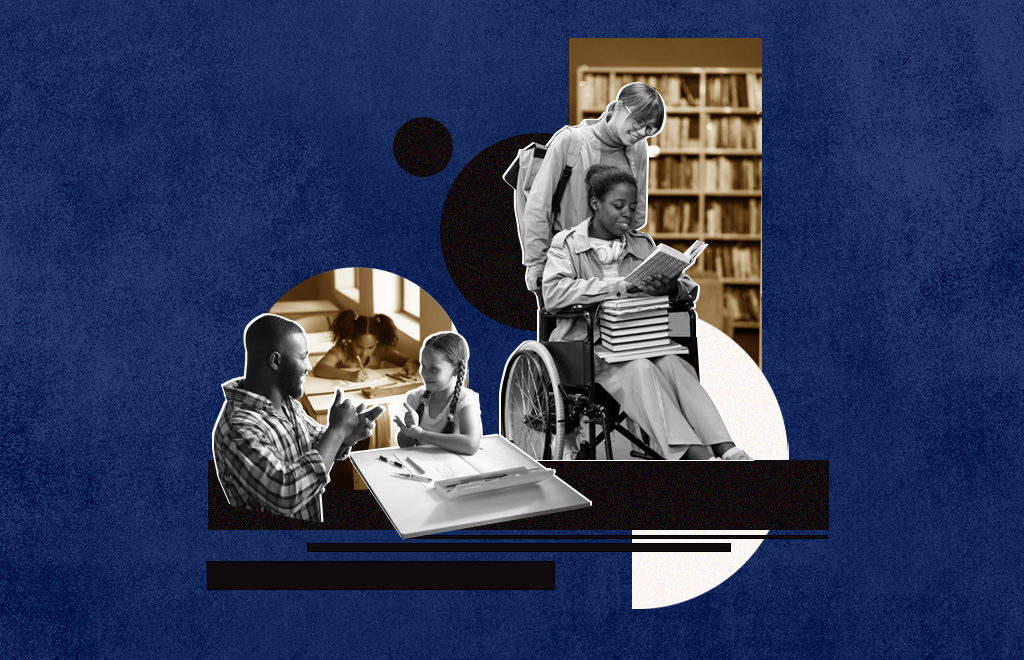One of the pillars of inclusive education is that all people, whether they have a disability or not, have the right to study in conventional schools. And it is guaranteed by article 24 of the International Convention on the Rights of Persons with Disabilities, a treaty that in Argentina has constitutional significance. That text says that schools must adapt and provide support so that anyone can learn.
But this is far from being a reality in many countries, such as Argentina. According to data from the annual survey of the Ministry of Education of the Nation in 2020, processed by the Civil Association for Equality and Justice (ACIJ) , 101,898 students with disabilities in the country attend special schools, that is, 39.8% of the students with disabilities. It is true, the percentage decreased from the 43.7% reported the previous year.
Accustomed to a system that is not very inclusive, many have genuine doubts about how feasible it is for 100% of students with disabilities to be educated in regular schools. However, there are cases that show that this change is possible, as indicated in a report by the Regional Network for Inclusive Education (RREI).
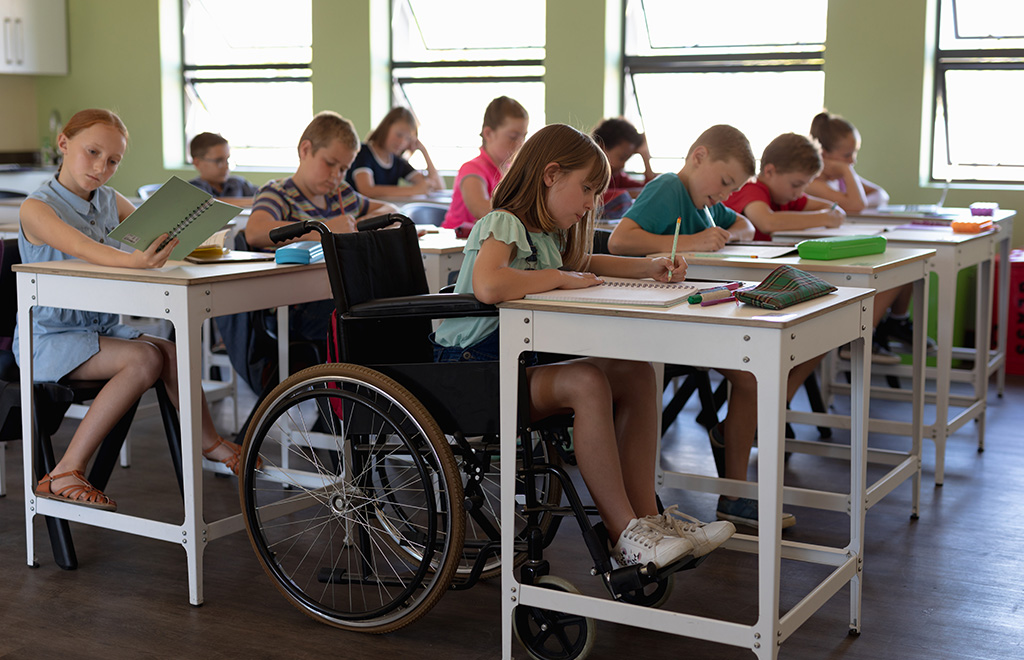
From Italy to Canada
In Italy, the process of educational inclusion began in the 1970s thanks to the push by organizations that worked for the rights of people with disabilities. Teachers from special schools were gradually transferred to regular schools, where they began to work as support teachers. According to data from 2018, of the total number of people with “special educational needs” in Italy, 99.12% attend regular school.
Portugal began to take this path a decade later. Between 2006 and 2013, the Iberian country carried out a process through which special schools became resource centers for inclusion. According to data from 2018, of the total number of people with “special educational needs”, 84.47% attend regular school.
In New Brunswick (Canada) the process began in the 1970s and by 1989 “based on a strategy to strengthen ordinary schools that consisted of transferring human and budgetary resources to them from segregated modalities, all special schools had been closed,” says the report.
The case of Brazil is also analyzed. Although the Latin American country does not boast so many advances in the matter, it is a reference at the regional level. “Brazil faces barriers to achieving full inclusion, but its experience shows that —even in countries affected by great social inequalities and complex economic and political contexts— it is possible to build a more egalitarian and fair educational system,” the text states.
According to RREI, in each of these processes “the will of public decision-makers, the conviction of school staff, social mobilization, the generation of intersectoral political agreements and the shared vision that people with disabilities belong to the same groups were key”.
Supports and individuality
The figure of support is central when we talk about inclusion. It is a broad concept, which at times can be a person, but can also be physical resources or systems. But, in all cases, they fulfill the same objective: guaranteeing access for people with disabilities to their rights, breaking down the barriers that appear in each case.
In countries that have advanced in educational inclusion, “support is understood in a broad sense, not as a person, but as an interconnected and coordinated system, which includes the family, peers, teachers and other professionals and to community services”, states the RREI report.
In Italy, for example, it stands out that schools have both support teachers and other professionals and teams in charge of following the school career of each student. In Portugal, meanwhile, each school has teams whose role is to detect barriers and define support measures based on each student, as well as the organization of the transition to post-school life.
Precisely, this specificity in the preparation of supports points out another of the pillars of inclusive education systems: they focus on the individuality of each student.
In this sense, the preparation of individual educational plans is key, which focus on what each person can do and not on their diagnosis.
Celeste Fernández, ACIJ lawyer, specialist in the rights of people with disabilities and one of the authors of the report, highlights the importance of creating study plans focused on the student's abilities. Something that in Argentina is still a challenge. “A recurring problem [in our country] is that pedagogical routes are based on a deficit model, on what the person cannot do. I have seen individual pedagogical plans (PPI) that say that a student “does not know how to hold a pencil” or “does not hold his gaze” and content is cut based on that. But a tailored suit should be made in which fewer things are not taught, but in a different way”, she clarifies.
Along these lines, outstanding inclusive education experiences use flexible methodologies that value the interests and potential of each student.
To follow this direction it is important to get rid of labels. For this reason, Decree-Law 54/2018 was key in Portugal, which states, among other things, that any student may need learning support measures at any time during their school career and for different reasons, without classifying them according to a diagnosis. Thus, for example, evaluations of students with disabilities are carried out according to the objectives that were set for them and using various types of support.
Along these lines, in New Brunswick, support teachers, who assist the teachers of each class in the development of teaching strategies, develop personalized pedagogical plans aimed at removing barriers.
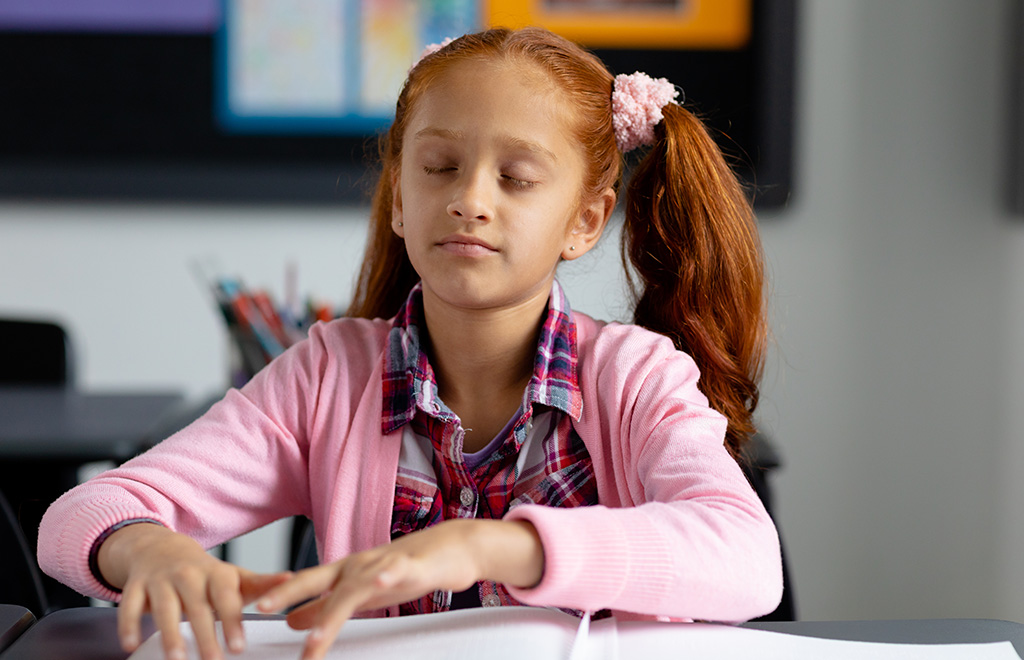
The importance of teacher training
According to the RREI report, “teacher training is a central aspect to achieving inclusive educational institutions” and “this preparation must begin upon access to the profession and continue throughout the entire career”.
In the cases of Italy, Portugal and New Brunswick there was strong public investment (both national and local funds) in teacher training. In turn, these processes were characterized by the migration of personnel who worked in special schools to public schools.
The three cases also share something: support teachers have the same basic training as regular teachers. The curriculum to be a teacher includes many contents on inclusion, and whoever dedicates themselves to working as a support teacher then completes a specialization. In the case of New Brunswick, classroom teachers can apply to work as supports, or the educational community itself can propose and promote those it deems suitable.
“The priority in a State policy of inclusive education is to invest in teacher training. We must transfer human resources from the special school to the regular school, see what training teachers used to special schools need, how to reform their practices. And, in turn, strengthen the capabilities of ordinary teachers,” Fernández considers.
In turn, based on his experience on the subject, she believes that although teachers currently receive during their training “questions about equality and non-exclusion regarding the importance of diversity, this is not projected as much on people with disabilities as with other groups”. Furthermore, she observes that “the training of special teachers in the country is based on the medical model (which understands disability as a deficit and not from a social perspective), with little pedagogical content”. She believes that, just as in Italy, Portugal or New Brunswick, there should be a unified training, in which everyone had certain basic content on diversity pedagogies, and those who want to be support teachers do additional training.
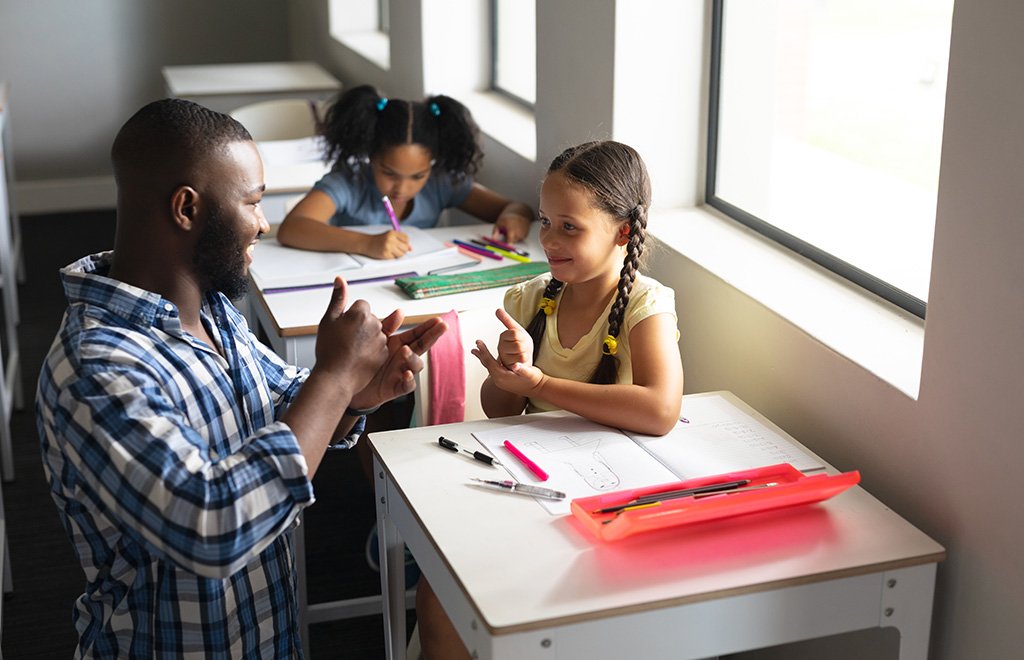
The case of Brazil
Unlike the other notable cases, in Brazil a specific policy was not adopted to transform special schools, but rather they were closed as, within the framework of inclusive improvements in the educational system, their student body was reduced because many migrated to the common school. In this process, it was key that many families became aware that the lack of access of people with disabilities to regular schools was a form of discrimination, highlights the RREI. Between 1998 and 2020, the number of students with disabilities attending regular schools rose from 13% to 88.1%.
In that country, support was also key. Specialized Educational Care (AEE) was created, a set of devices to investigate the educational context, identify the barriers present and offer resources, services and accessibility strategies. In all schools there must be an AEE teacher. In addition, the report notes, multifunctional resource rooms were established, which are spaces within regular public schools where teachers and students can, for example, become familiar with the use of equipment, pedagogical materials and assistive technologies.
The greatest deficit in the Brazilian educational model occurs in the lack of training of its teachers in inclusion. Among them, a conception anchored in the medical model of disability still prevails, which seeks to “normalize” students. This, for example, has made it difficult to design personalized learning projects.
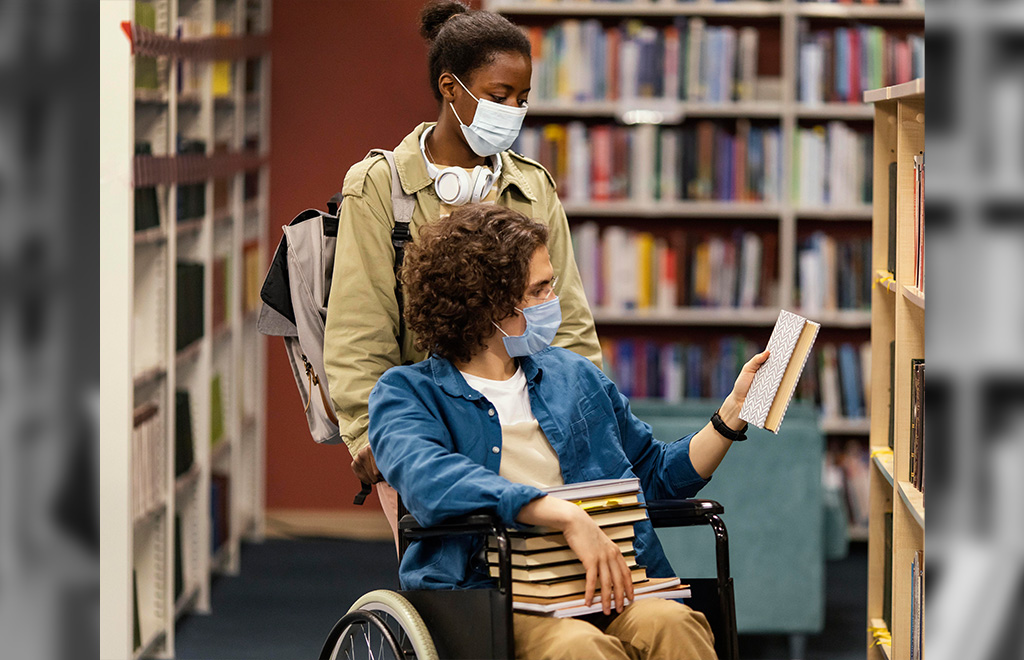
Making a path while walking
The Canadian state of New Brunswick “managed to demonstrate that the closure of special schools, which in many contexts seems like a utopia, can be a reality if there is political leadership and a society convinced that all students must learn together, and that the opposite violates human rights,” states a report from the RREI.
A cultural change in relation to disability is important, then. That is, understand that it is their right to study in common schools, and that it is their duty to adapt.
As Fernández explains, this change can be “from the top down” (as in the case of Portugal, where the political decision infected society) or from the bottom up (as in Italy, where it was people with disabilities who promoted the change).
(As I said in this article , inclusive schools not only help people with disabilities, but contribute to a more inclusive society).
In any case, this path that must be taken towards inclusion is made as we walk. Or, as RREI specialists point out, “it is not necessary for the system as such to be completely prepared to guarantee inclusive education”.
Instead, it is a continuous search, in which each country must use the principles of inclusion according to its economic and social reality and degree of progress in the matter.
But, at the same time, inclusive education not only depends on the context of a country or province, but is something dynamic. This is how the report closes: “Students will always arrive in the classrooms who will face new challenges and question what we think we know. Inclusive education is a permanent search for better strategies so that all people have the same opportunities to learn, to participate, to progress and to become full citizens. (…). It is to problematize social narratives about the 'norm' and what deviates from it. It is rethinking the purpose of education and what we want it to leave people with. It is, ultimately, the key to breaking an unjust status quo and building plural societies that value human diversity”.
This article is part of Soluciones platform, an alliance between Río Negro and RED/ACCION.

